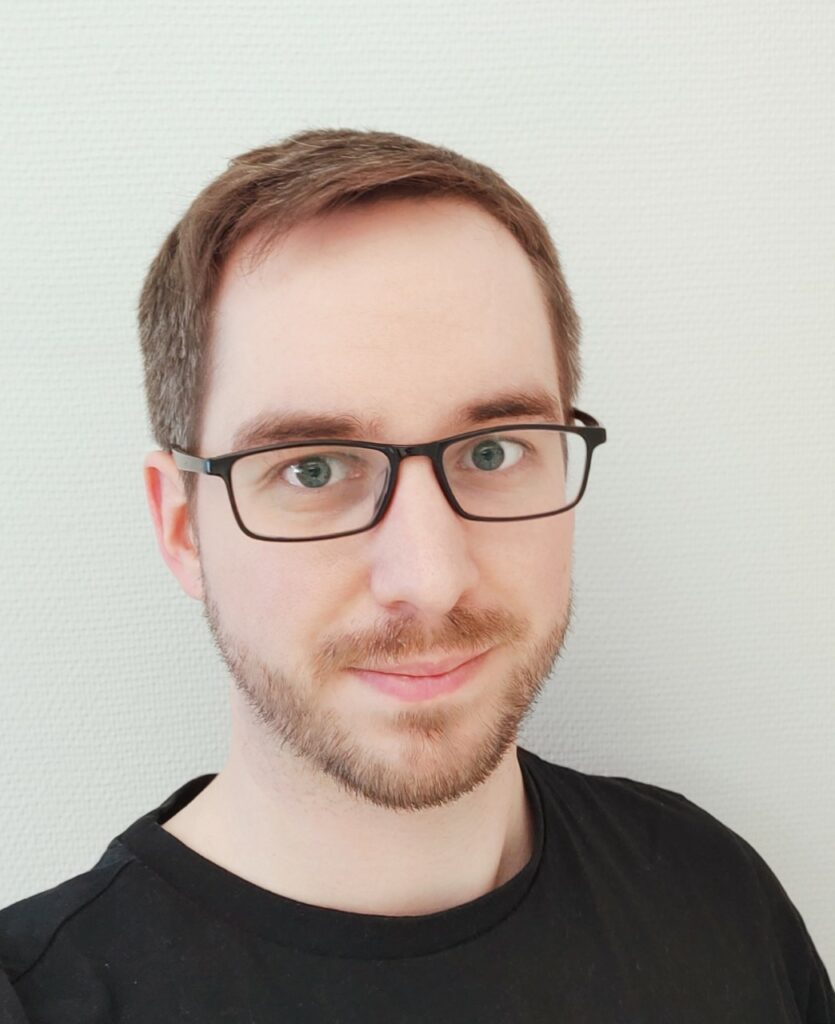
René Tammen joined PoreLab on February 1st, 2023, as PhD candidate. His position is financed by the project “Sustainable Stable Ground” funded by the Research Council of Norway and his supervisor is Professor Erika Eiser, PI for the WP4 at PoreLab on “Nanoporous media and gels” . The project “Sustainable Stable Ground” is an interdisciplinary collaboration gathering researchers from the department of structural engineering, department of mechanical and industrial engineering, department of chemistry and the department of civil and environmental engineering, all at NTNU, in addition to NGI.
René holds a Master of Science in geology from the Leibniz University of Hannover, Germany, from 2018. The title of his master project was: “Tholeiitic basalt: the role of primitive composition on differentiation“. . He got his Bachelor degree in geosciences from the University of Bremen, Germany, in 2015.
René summarizes his PhD project as follow:
Quick clay formations are prevalent in Norway due to the Pleistocen-Holocene transition. When
disturbed, the clay liquefies and can result in catastrophic landslides. To prevent such events, limecement
deep mixing technology is used for ground stabilization, but it has a high carbon footprint. To
develop a sustainable alternative, a thorough understanding of the stabilization process on all scales is
necessary.
The primary goal of my PhD project is to attain a detailed understanding of the interactions between
clay particles and ion diffusion within the pore structure at a sub-micron scale. This will be
accomplished through experimental investigations of clay-suspension stabilization, in conjunction with
team members of the Sustainable Stable Ground project, where we develop Molecular Dynamic (MD)
and Brownian Dynamics (BD) models. The experiments will comprise, among others, zeta potential
and rheological studies, and the effect of the addition of various additives will be explored to stabilize
those suspensions. This fundamental knowledge should inform the simulations on particle level, and
thus pave the way to the understanding and upscaling to macroscopic behavior of illite-rich ground and
how to develop efficient, sustainable stabilization mechanisms.
